There are many books and short stories having to do with”alternate universes” – timelines similar to our own but in which a single historical even changes, and over time the results of that action have large consequences. There are the Sidewise Awards, given in both long and short form.
I won’t bore you with a history of alternate history. You can google it faster than I can write about it. However, you might want to check out the work of Harry Turtledove and Robert Conroy, at least. Maybe one of these days I will list some of my favorites.
But here I’m talking about something else, primarily television shows. Almost all political series that take place in the present day could be called alternate history. Take “The West Wing,” which was running when the 9/11 attack took place. There wee references to it, but not much, and it did not profoundly effect the timeline in the show after that – even though it did in our timeline.
But here’s my favorite: “In the universe of “Star Trek,” no “Star Trek” ever aired.” I don’t remember where I first read that, but I’ve pondered it over the years in idle moments. For example, apparently manned space exploration continued in ST timeline more extensively than in ours – it was good enough to loft a sleeper ship in the late 1990s to get rid of Kahn Noonian Singh and his motley crew. There was that pesky nuclear war around that time, or after; and the Genetics War before Kahn was exiled, but even that didn’t keep Zephram Cochrane from building a warp ship from an old Titan missile.
Some like to say that ST inspires us toward that sort of Utopian vision apparently held by Gene Roddenberry. It’s more complicated than that, but I think it is safe to say that ST didn’t really inspire us to maintain manned exploration of space – the Trekkers couldn’t even get NASA to name a real space shuttle after the Enterprise. (The one they named was a test article used for glide tests.) Perhaps a series taking place in the nearer future would have done so more effectively.
Sherlock Holmes, in all his manifestations – novels, stories, films, plays, radio shows, television – existed in a particular world. Usually, as in the original, it was very close to actual history. Later versions had him fighting Nazis and working in a more steampunk Victorian England. The two contemporary versions – “Sherlock” in the UK and “Elementary in the US – apparently take place in a world in which Sir Arthur Conan Doyle wrote about other things. Perhaps his medical practice took off faster, or maybe he decided to stay in London rather than moving to Southsea, and became involved in other activities.
Still, every time someone in “Elementary” is introduced to Holmes, their lack of surprise at the name, except for its odd sound, seems very strange to me.
Some interpretations of quantum physics imply that there is a multitude of universes. Maybe in one of them Barak Obama lost the Senate election to Jack Ryan, and he stayed in the Illinois General Assembly…

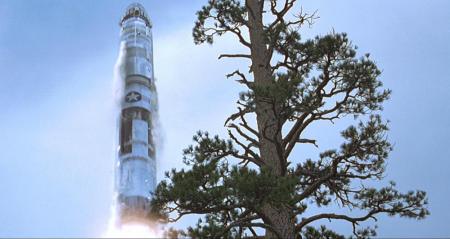
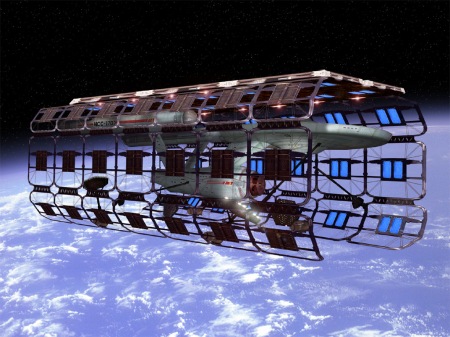
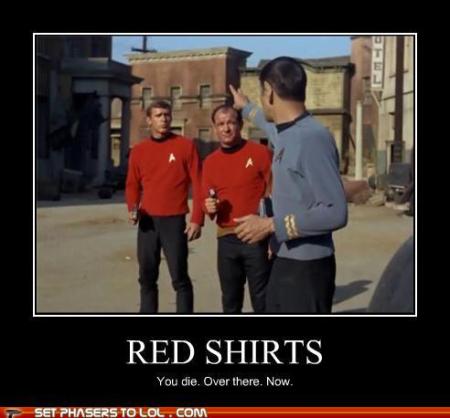
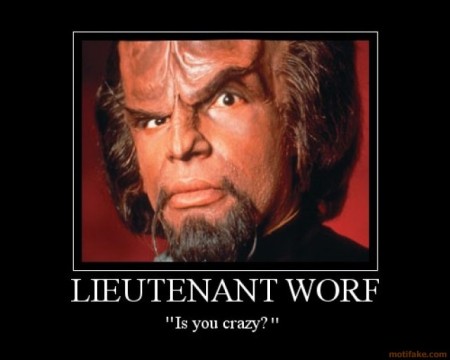
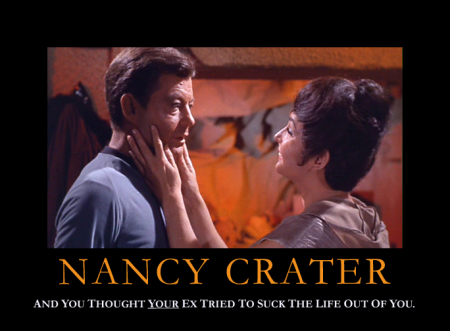
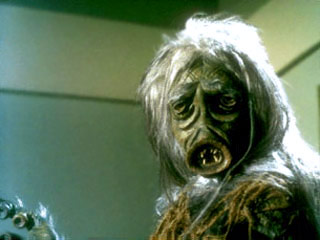
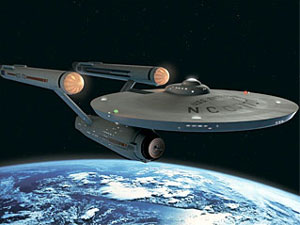
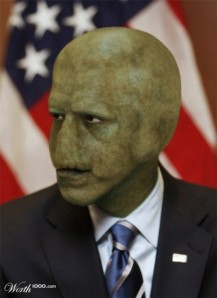

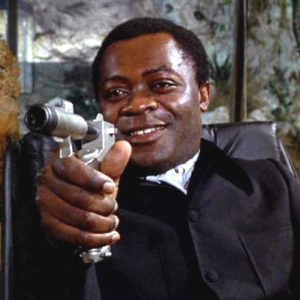


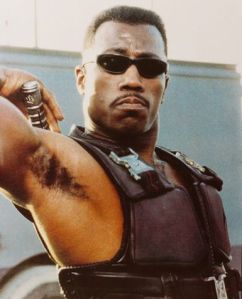
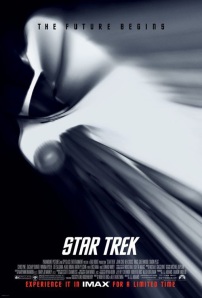 Besides seeing the film a week before the premiere, we went back to see it Thursday night and then Saturday in the IMAX version.
Besides seeing the film a week before the premiere, we went back to see it Thursday night and then Saturday in the IMAX version.